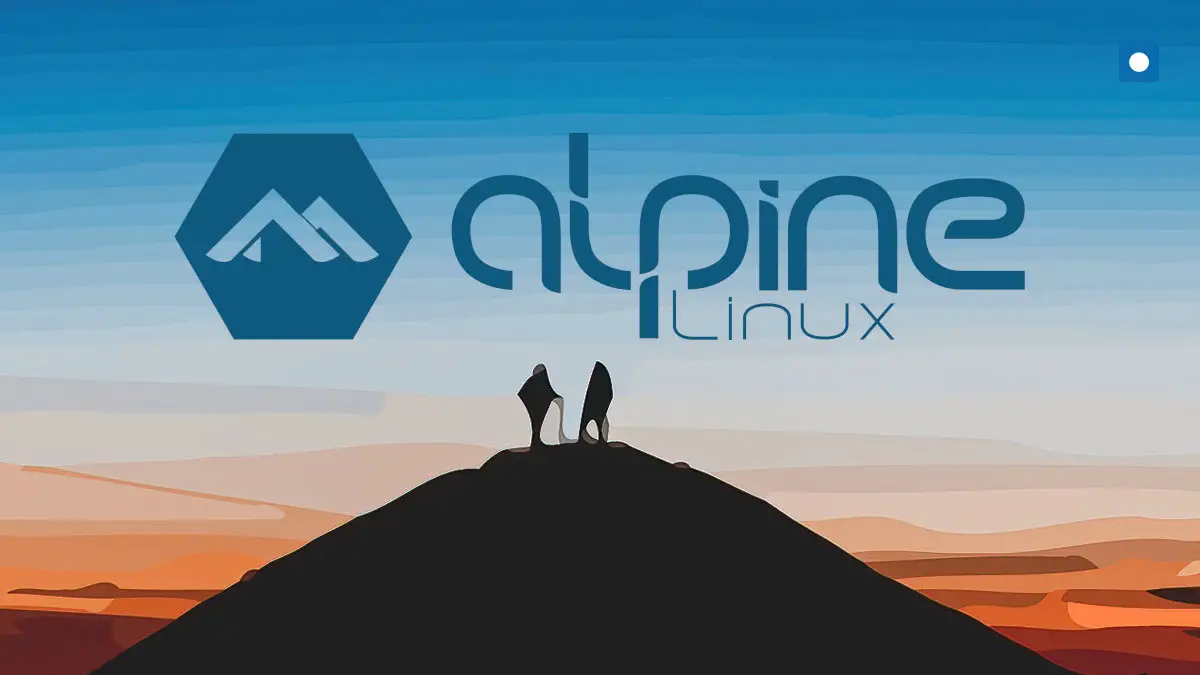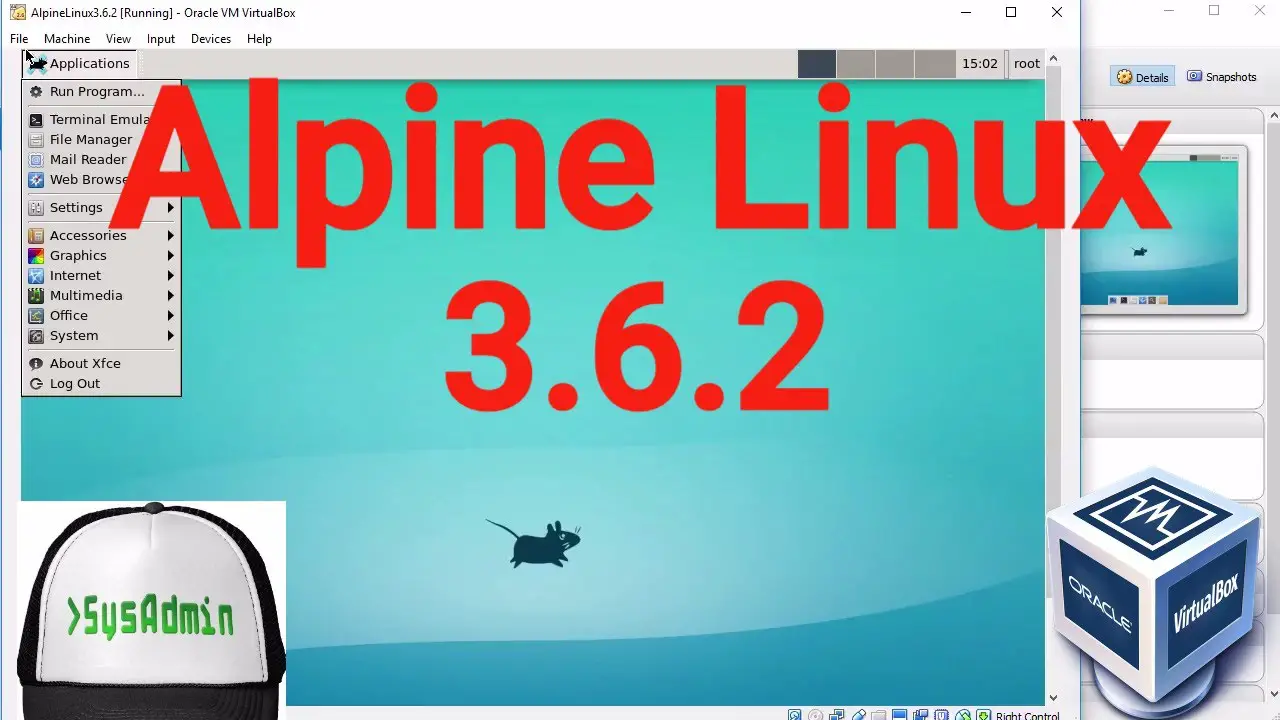Alpine Linux vs. CoreOS: Lightweight Containers Face-off

Executive Summary

Alpine Linux and CoreOS are two popular lightweight Linux distributions designed for running containerized applications. Both operating systems are known for their small footprint, security features, and support for a wide range of container technologies.

Introduction
In the rapidly evolving world of cloud computing and containerization, choosing the right operating system for your containerized applications is crucial. Alpine Linux and CoreOS stand out as two prominent lightweight options, offering unique advantages and catering to specific use cases. This article delves into the key differences between Alpine Linux and CoreOS, highlighting their strengths and weaknesses to help you make an informed decision.
Key Subtopics
1. Package Management
- Alpine Linux: Uses the Alpine package manager (apk), known for its simplicity and efficiency.
- CoreOS: Employs a transactional update system that ensures atomic updates and rollbacks.
- Includes a minimal set of pre-installed packages, making the system lightweight and customizable.
- Supports a wide range of packages from the Alpine Linux community repository.
- Provides regular security updates, enhancing system stability and protection.
2. Security and Updates
- Alpine Linux: Follows a security-first approach, regularly releasing security fixes and updates.
- CoreOS: Offers a highly secure environment with features such as SELinux, AppArmor, and automatic updates.
- Utilizes signature verification and reproducible builds to ensure package integrity.
- Provides granular control over updates, allowing administrators to schedule and manage updates.
- Retains immutability, making it difficult for attackers to compromise the system.
3. Containerization Support
- Alpine Linux: Supports a wide range of containerization tools, including Docker, Podman, and LXC.
- CoreOS: Optimized for running Kubernetes clusters, with built-in support for etcd and Flannel.
- Includes a declarative configuration system, simplifying the management and deployment of containerized applications.
- Supports industry-standard container formats, ensuring compatibility with various container ecosystems.
- Provides robust tools for managing and monitoring containerized workloads.
4. Performance and Efficiency
- Alpine Linux: Known for its lightweight footprint and high performance, requiring minimal system resources.
- CoreOS: Designed for optimal performance in containerized environments, utilizing cgroups and namespaces.
- Optimizes memory and storage usage, enabling efficient operation on resource-constrained systems.
- Provides tools for performance monitoring and optimization, helping administrators identify bottlenecks.
- Supports various hardware architectures, allowing deployment on a wide range of devices.
5. Community and Ecosystem
- Alpine Linux: Has a strong community and a vast repository of packages and documentation.
- CoreOS: Backed by the renowned CoreOS team, with dedicated support and a focus on security.
- Offers a range of training and certification opportunities, empowering users with expertise.
- Maintains a collaborative ecosystem, encouraging contributions and innovations from the open-source community.
- Provides access to a vibrant ecosystem of tools, plugins, and resources.
Conclusion
Both Alpine Linux and CoreOS are excellent choices for running containerized applications. Alpine Linux is a highly customizable and lightweight option, suitable for resource-constrained environments and custom deployments. CoreOS, on the other hand, is optimized for Kubernetes clusters and provides a more secure and managed environment. Ultimately, the choice between these two operating systems depends on the specific requirements of your project and the desired level of security, efficiency, and containerization support.
Keyword Phrase Tags
- Lightweight Linux distributions
- Alpine Linux vs. CoreOS
- Containerized applications
- Security and performance
- Docker and Kubernetes support

This is a great article! I’m really interested in learning more about Alpine Linux and CoreOS. Thanks for sharing!
I’m not sure I agree with your conclusions. I think CoreOS is a better choice for most people.
This article provides a good overview of the two distros, but it doesn’t go into enough detail for me. I’d like to know more about the specific features of each distro.
I think you’re wrong about which distro is better. Alpine Linux is clearly the superior choice.
This article is so well-written that I’m not sure if I agree with it or not.
Great article! I’m sure it will be really helpful for people who are already experts in Alpine Linux and CoreOS.
I’m not sure what’s more confusing, the article or the comments. I think I’ll just go back to using Ubuntu.
I’m so glad I found this article! I’ve been wanting to learn more about Alpine Linux and CoreOS, and this article has been really helpful.
This article is a waste of time. It doesn’t tell me anything I didn’t already know.
I found this article to be very helpful. I’m not an expert in Alpine Linux or CoreOS, but this article gave me a good overview of the two distros.
I agree with the author’s conclusions. I think Alpine Linux is a better choice for most people.
This article is so well-written that it’s almost funny.
I’m not sure if I agree with the author’s conclusions, but I appreciate the humor.
I’m not sure what to make of this article. I’m not sure if I agree with the author or not.